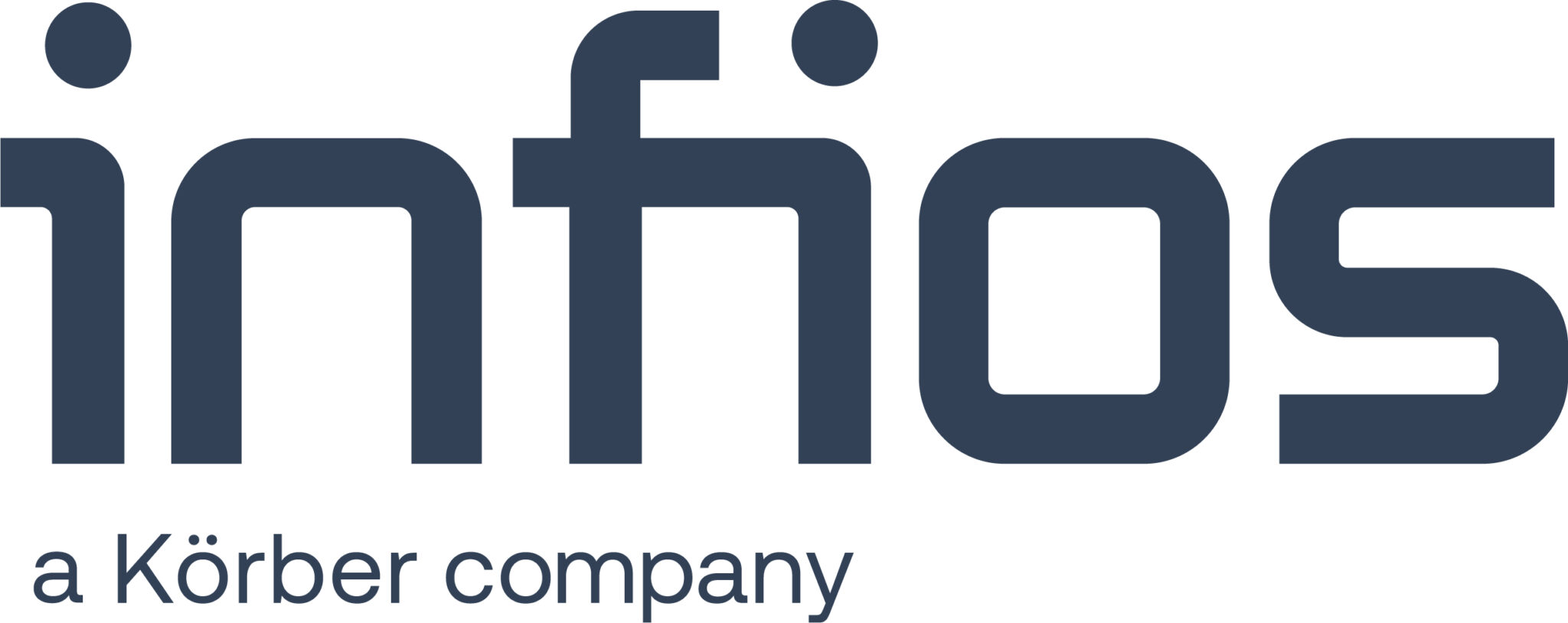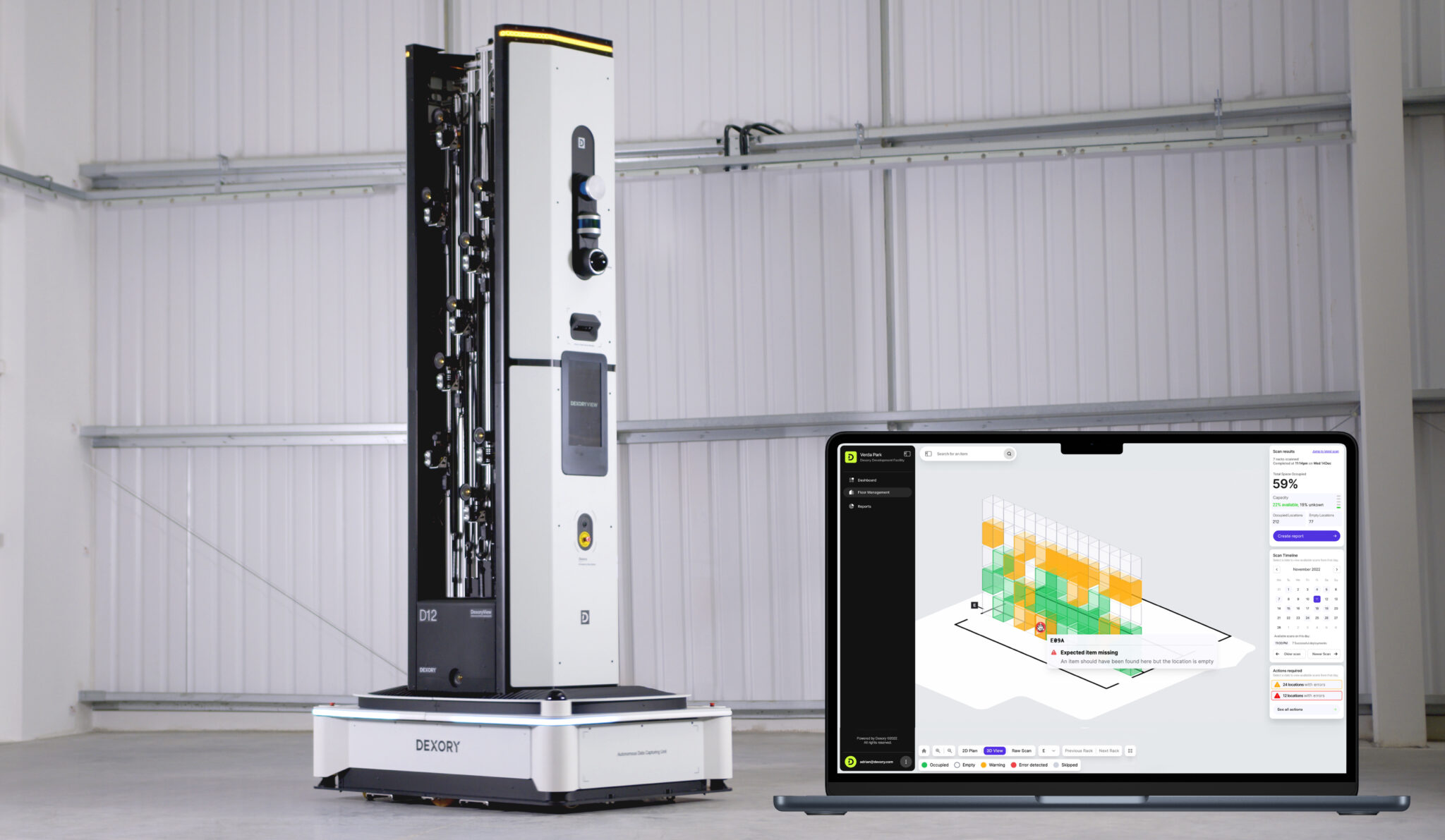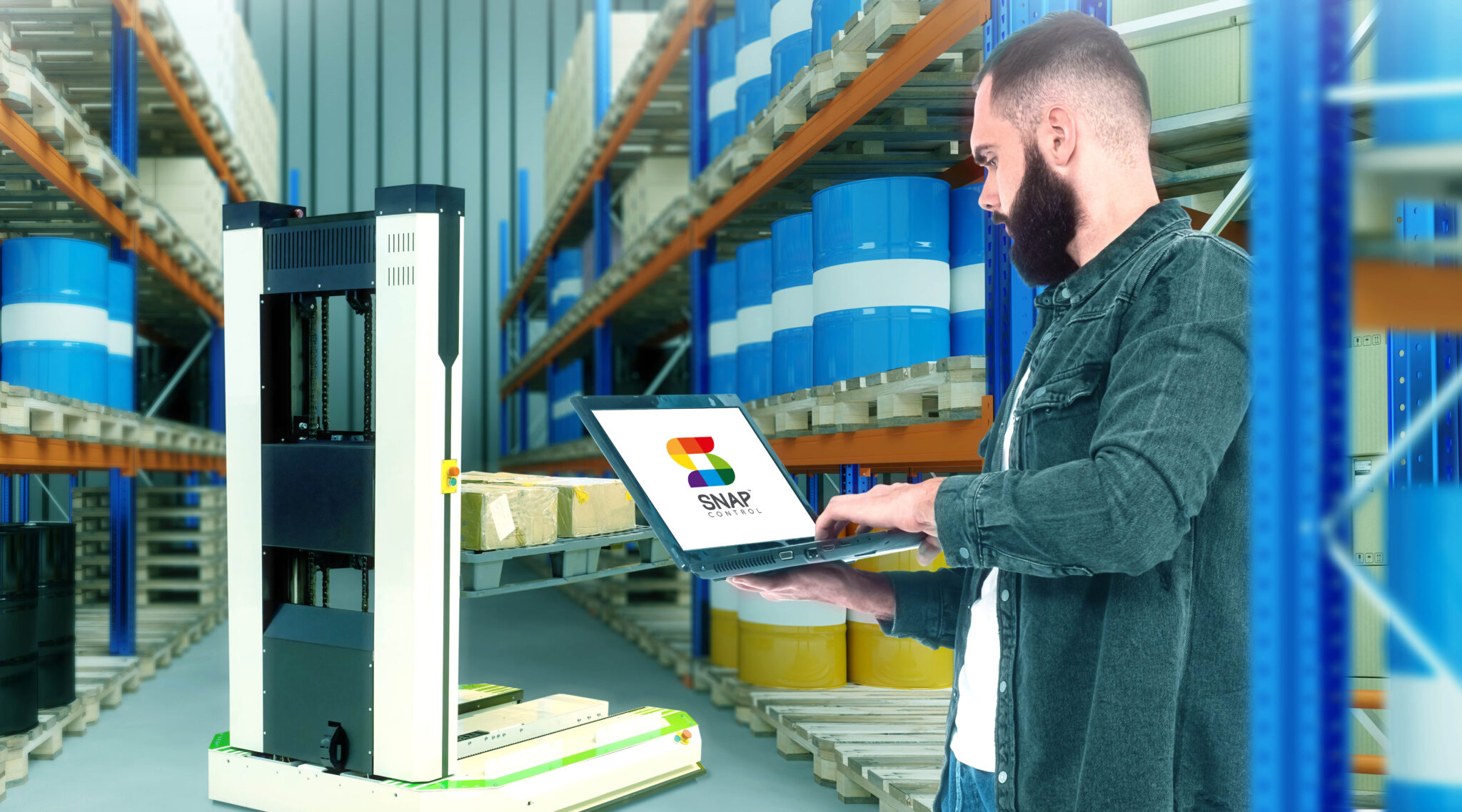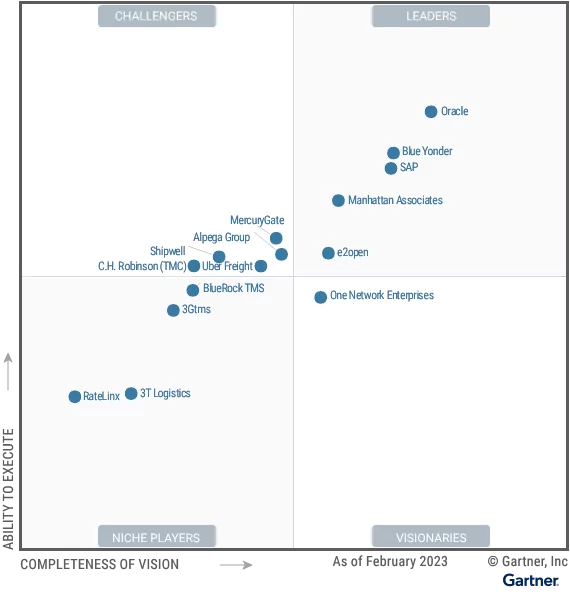Infios, a global player in adaptable supply chain execution, today announced that it has been positioned as a Leader in the 2025 Gartner Magic Quadrant for Warehouse Management Systems (WMS) for the seventh consecutive year. Infios was recognized for its Ability to Execute and Completeness of Vision in the warehouse management space. Infios rebranded in March 2025 and is noted as Infios (Körber) in this report.
The Gartner Magic Quadrant for WMS evaluates, “the WMS products across a range of criteria, including technology, functionality and usability. We consider the depth and flexibility of core capabilities such as receiving, put-away, picking, shipping, replenishment, quality assurance and cycle counting.” Leaders in the WMS market are present in a high percentage of new WMS deals, win a significant number of them and have a large and growing customer base.
“Our team’s unwavering commitment to innovation and customer success are driving the future of supply chain execution at Infios,” said Ed Auriemma, CEO of Infios. “We’re pushing the boundaries of what’s possible, helping our clients navigate increasingly complex global supply chain challenges. Our rise to one of the highest positions on the Ability to Execute axis reflects our mission to deliver solutions that not only meet today’s needs but anticipate tomorrow’s opportunities.”
Infios integrates order management, warehousing and fulfillment and transportation management into a comprehensive suite of solutions, equipping businesses with the tools they need to navigate today’s complex supply chain landscape. Infios is dedicated to its customers, evolving with them to provide scalable, adaptable solutions that meet their changing needs. This flexibility enables customers to optimize every aspect of their operations with versatile, scalable, and future-ready capabilities.

“Infios’s software has a no-limit technology to the kind of creativity we can express in driving efficiency and adding clientele. We look forward to creating things together here… through the combination of what we love doing and Infios enables us to do,” said Julian Van Erlach, SVP Global Supply Chain at FabFitFun. “I would, without reservation, recommend Infios.”
similar news












